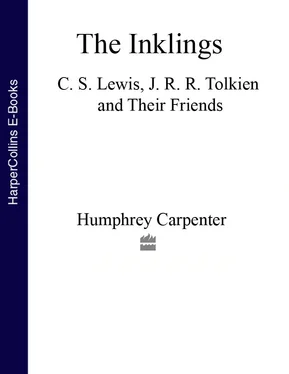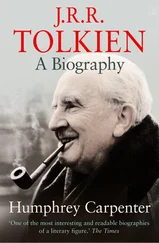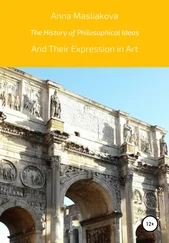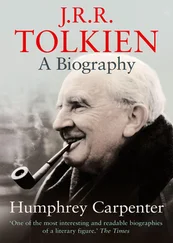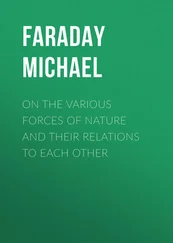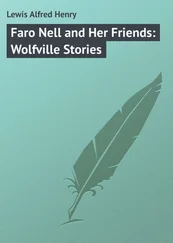1 ...7 8 9 11 12 13 ...22 During the First World War he began to write in prose form the tales which were the principal elements of his cycle, and by the time he moved from Leeds to Oxford in 1925 these tales had long since been sketched out. But he did not organise them into an entirely continuous or consistent narrative, partly because his attention was taken up with a series of invented languages which were closely related to the mythology, being spoken by ‘elvish’ peoples; in fact these languages and the need to provide a ‘history’ for them had been a major motive for beginning the whole project. Tolkien also delayed drawing up a finished version of The Silmarillion, as he came to call his cycle, because he wanted to recast two of the principal stories into verse. Like Lewis he regarded himself chiefly as a poet. During his time at Leeds he began to write two long narrative poems, one telling the story of Túrin Túram-bar the dragon-slayer and the other recounting the romantic tale of Beren and Lúthien, the mortal man and the elven maid whom he loves, and for whose sake he goes on a terrible quest.
Tolkien kept this occupation a very private matter, rarely mentioning it to anyone. In 1925 he did send parts of the two poems to a retired schoolmaster who had once taught him, and he was disappointed when they were criticised rather severely. For a long time afterwards he consulted nobody.
It was early in December 1929, a few days after their late-night conversation about the Norse gods and giants, that he decided to show the Beren and Lúthien poem to Lewis. It was very long and still unfinished; its title was ‘The Gest of Beren and Lúthien’, and it was in rhyming couplets. Here is part of the description, in the version Tolkien showed to Lewis, of the ‘elder days’ of the elven kingdom of Doriath:
There once, and long and long ago,
before the sun and moon we know
were lit to sail above the world,
when first the shaggy woods unfurled,
and shadowy shapes did stare and roam
beneath the dark and starry dome
that hung above the dawn of Earth,
the silences with silver mirth
were shaken, and the rocks were ringing –
the birds of Melian were singing,
the first to sing in mortal lands.
On 7 December 1929 Lewis wrote to Tolkien:
My dear Tolkien,
Just a line to say that I sat up late last night and have read the geste as far as to where Beren and his gnomish allies defeat the patrol of the ores above the sources of the Narog and disguise themselves in the reaf. I can quite honestly say that it is ages since I have had an evening of such delight: and the personal interest of reading a friend’s work had very little to do with it – I should have enjoyed it just as well if I’d picked it up in a bookshop, by an unknown author. The two things that come out clearly are the sense of reality in the background and the mythical value: the essence of a myth being that it should have no taint of allegory to the maker and yet should suggest incipient allegories to the reader. So much at the first flush. Detailed criticisms (including grumbles at individual lines) will follow.
Yours,
C. S. Lewis.
When Lewis’s ‘detailed criticisms’ of the poem arrived, Tolkien found that Lewis had, in jest, annotated its text as if it were a celebrated piece of ancient literature, already heavily studied by scholars with such names as ‘Pumpernickel’, ‘Peabody’, ‘Bentley’, and ‘Schick’; he alleged that any weaknesses in Tolkien’s verses were the result of scribal errors or corruptions in the manuscript. Sometimes Lewis actually suggested entirely new passages to replace lines he thought poor, and here too he ascribed his own versions to supposedly historical sources. For example, he suggested that the lines about the ‘elder days’ quoted above could be replaced by the following stanza of his own, which he described as ‘the so called Poema Historiale, probably contemporary with the earliest MSS of the geste ’:
There was a time before the ancient sun
And swinging wheels of heaven had learned to run
More certainly than dreams; for dreams themselves
Had bodies then and filled the world with elves.
The starveling lusts whose walk is now confined
To darkness and the cellarage of the mind,
And shudderings and despairs and shapes of sin
Then walked at large and were not cooped within.
Thought cast a shadow: brutes could speak: and men
Get children on a star. For spirit then
Threaded a fluid world and dreamed it new
Each moment. Nothing was false or new.
Lines like these showed how greatly Lewis’s poetic imagination differed from Tolkien’s. Tolkien wrote unaffectedly and simply, sometimes lapsing into slack diction or banality but often producing lines that were terse and dramatic; his unadorned style showed no particular ‘influence’. Lewis’s lines – and indeed all his poems – were more complex philosophically and stylistically, and more sure in diction and metre, but they often hovered on the borders of pastiche. Perhaps it was Lewis’s enormous knowledge of English poetry through the centuries that encouraged him to copy earlier models rather than to find a style of his own; at all events this fondness for pastiche was arguably the major reason why his poetry was in the end a failure.
Tolkien did not agree with all Lewis’s emendations of his poem. When Lewis suggested that Tolkien’s couplet ‘Hateful thou art, O Land of Trees!/My flute shall fingers no more seize’ would be better as ‘Oh hateful land of trees, be mute!/My fingers, now forget the flute’, Tolkien scribbled in the margin, ‘Frightful 18th century!!!’ Worse still, where Tolkien’s lines describing the three great and sacred elvish jewels had read ‘The peerless Silmarils; and three/alone he made’, Lewis suggested that this would be better as ‘The Silmarils, the shiners three’. Tolkien, upon reading this, contemptuously underlined the last three words and scribbled a large exclamation mark beside them. But he was greatly encouraged by Lewis’s enthusiasm, and took considerable notice of his criticisms, marking for revision almost all the lines that Lewis thought were inadequate, and in a few cases actually adopting Lewis’s proposed emendations, including several whole lines. Eventually, indeed, he came to rewrite the whole poem, renaming it ‘The Lay of Leithian’; though this was chiefly because of a wish to harmonise it with later developments in The Silmarillion.
Tolkien now began to read more of The Silmarillion aloud to Lewis, having noticed that he had a fondness for being read to. So Lewis was permitted to explore the vast imaginary terrain of ‘Middle-earth’, aided by the maps Tolkien had drawn to accompany the stories. Lewis was delighted, for Tolkien’s poems and prose tales reminded him in many ways of the romantic writings of Malory and William Morris in which he and Arthur Greeves had revelled during adolescence. At the end of January 1930 he wrote to Greeves: ‘Tolkien is the man I spoke of when we were last together – the author of the voluminous metrical romances and of the maps, companions to them, showing the mountains of Dread and Nargothrond the City of the Orcs. In fact he is, in one part of him, what we were.’
It was not a very accurate description of Tolkien’s work. The stories were by no means all ‘romances’, and the majority were in prose and not ‘metrical’, while Nargothrond was a city not of orcs but of elves. Yet if Lewis was not precise in these details he was as enthusiastic as Tolkien could ever have hoped. And this enthusiasm proved to be crucial. ‘The unpayable debt that I owe to him’, Tolkien wrote of Lewis years later, ‘was not “influence” as it is ordinarily understood, but sheer encouragement. He was for long my only audience. Only from him did I ever get the idea that my “stuff” could be more than a private hobby.’ His growing friendship with Lewis was also deeply important to him for reasons quite apart from his literary work. His marriage, never easy, had begun to go through a long period of extreme difficulty caused largely by his wife’s resentment of his Roman Catholicism, and by other factors that went back to the broken childhoods they had both endured in Birmingham. By 1929 the Tolkiens were bringing up four children at their north Oxford house, but this if anything increased rather than lessened the strains of their marriage. It was thus with much feeling that Tolkien wrote in his diary, ‘Friendship with Lewis compensates for much.’
Читать дальше
